Your Vietnam Travel 2025 Trajectory: Discoveries on the Horizon
As the calendar pages turn towards 2025, the allure of Southeast Asia, with its tapestry of cultures, landscapes, and histories, beckons with renewed vigor. Among its jewels, Vietnam shines brightly, promising an odyssey that will etch itself into your memory. Vietnam travel 2025 is poised to be an experience brimming with both the timeless charm that has always defined this nation and the subtle evolutions that keep it a captivating destination for seasoned globetrotters and first-time adventurers alike.
Vietnam Travel
Imagine yourself traversing verdant rice terraces that cascade down hillsides like emerald staircases, or perhaps gliding through the serene waters of a bay dotted with fantastical limestone karsts that seem to rise ethereally from the sea. Picture the sensory symphony of bustling markets, where the aroma of exotic spices mingles with the chatter of vendors, and the vibrant hues of silk lanterns paint the twilight sky. This is the essence of Vietnam, and 2025 offers you the perfect opportunity to immerse yourself in its splendor.
Looking ahead to Vietnam travel 2025, you might anticipate subtle enhancements to the tourism infrastructure, perhaps new eco-tourism initiatives gaining prominence, or emerging destinations stepping into the limelight. While the foundational allure of Vietnam – its rich history, its breathtaking natural beauty, and its delectable cuisine – remains constant, each passing year can bring refinements that further enrich the traveler’s experience. Keep an eye out for potential announcements from the Vietnam National Administration of Tourism regarding any noteworthy developments or campaigns planned for 2025. These insights can help you tailor your itinerary to include the latest and most compelling offerings.
Deciding When: Optimal Periods for a Vietnam Visit in 2025
One of the initial yet crucial considerations for your Vietnam travel 2025 plan is timing. Vietnam’s climate is diverse, varying significantly from north to south, which means the “best” time to visit largely depends on which regions you intend to explore.
- Northern Vietnam (Hanoi, Sapa, Ha Long Bay): Here, you’ll experience a more distinct four-season pattern.

- Spring (March to May): Pleasant temperatures, blossoming flora, and generally clear skies make this a delightful time to visit.
- Summer (June to August): Can be hot and humid, with occasional rainfall. However, the landscapes are lush and vibrant.
- Autumn (September to November): Widely considered the most favorable period, with mild temperatures and sunny skies, ideal for exploring.
- Winter (December to February): Can be cool, and in the mountainous regions like Sapa, quite chilly. Ha Long Bay can sometimes experience fog during this time.
- Central Vietnam (Hoi An, Da Nang, Hue): This region has a distinct wet and dry season.
- Dry Season (February to May): Warm and sunny, making it ideal for beach activities and sightseeing.

- Wet Season (June to January): Can bring heavy rainfall and occasional typhoons, particularly between September and November.
- Southern Vietnam (Ho Chi Minh City, Mekong Delta, Phu Quoc): Experiences a tropical climate with two main seasons.
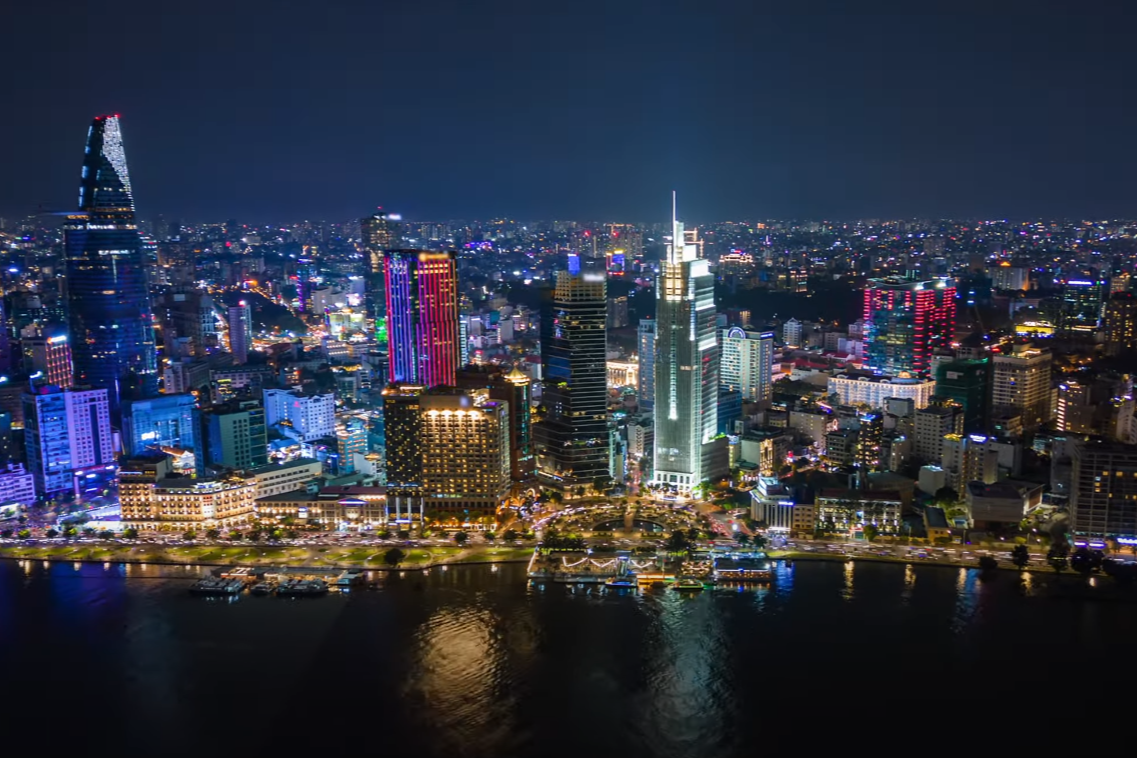
- Dry Season (December to April): Hot and generally dry, with the hottest months being March and April.
- Rainy Season (May to November): Characterized by afternoon showers, but these are often brief and don’t necessarily disrupt travel plans significantly.
To make the most of your Vietnam travel 2025, consider aligning your travel dates with the optimal weather conditions for your chosen destinations. For instance, if the stunning landscapes of Sapa and the cruising experiences in Ha Long Bay are high on your list, the autumn months might be your best bet. Conversely, if you’re dreaming of lounging on the beaches of Da Nang or exploring the ancient charm of Hoi An, the early dry season could be perfect.
Keep in mind that peak tourist seasons often coincide with the most favorable weather, which can impact prices and the number of fellow travelers you encounter. Traveling during the shoulder seasons (the transitional periods between peak and off-peak) can sometimes offer a sweet spot, with agreeable weather and fewer crowds.
Unmissable Terrains: Curating Your 2025 Vietnamese Expedition
Your Vietnam travel 2025 itinerary will likely be shaped by the diverse tapestry of experiences this country offers. Here are some must-see destinations to consider:
- Northern Charm:
- Hanoi: As Vietnam’s capital, Hanoi is a captivating blend of the old and the new. Wander through the narrow streets of the Old Quarter, a labyrinth of shops, food stalls, and historical architecture. Explore Hoan Kiem Lake and the Ngoc Son Temple, and immerse yourself in the city’s rich history at the Ho Chi Minh Mausoleum and the Temple of Literature.
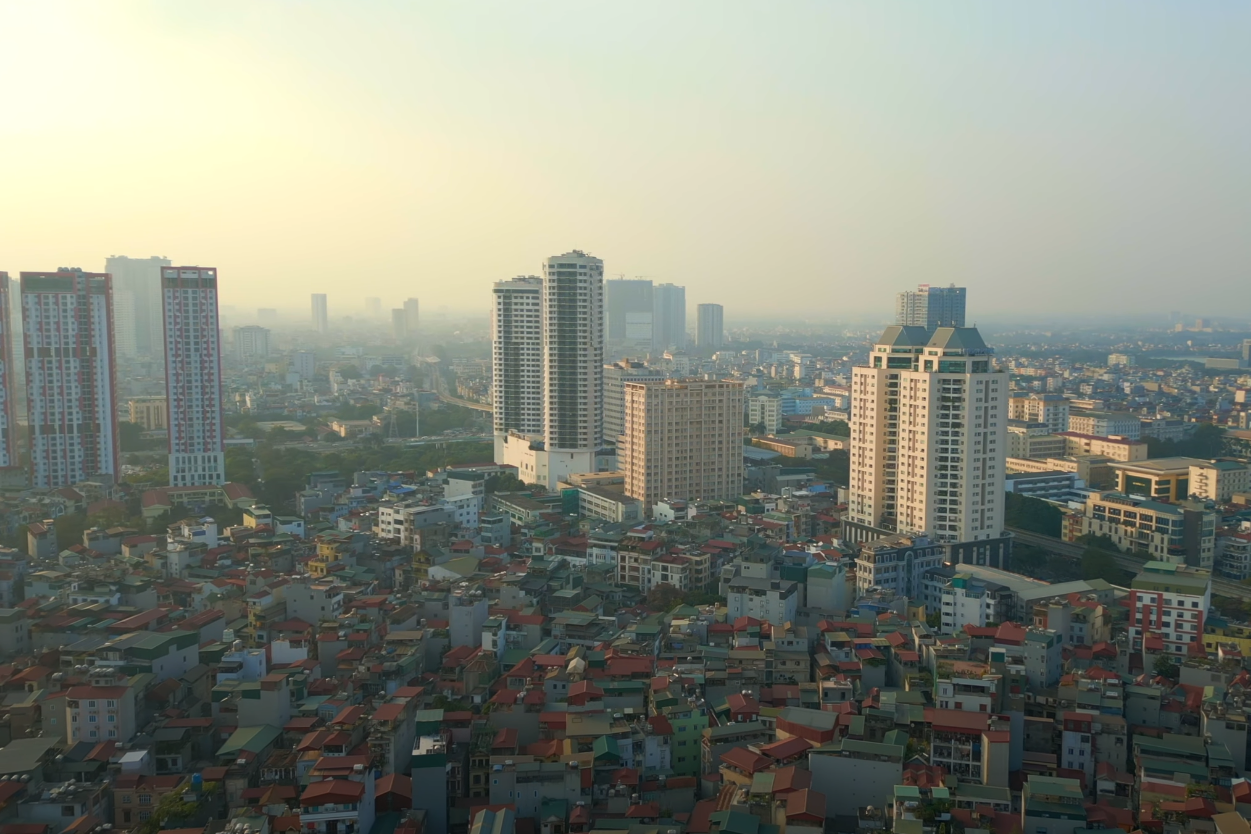
- Ha Long Bay: A UNESCO World Heritage site, Ha Long Bay is an absolute must-visit. Imagine cruising through its emerald waters, surrounded by thousands of limestone karsts and islets. Kayaking through hidden lagoons and exploring ancient caves are just some of the unforgettable activities here.
- Sapa: Nestled in the northern mountains, Sapa is renowned for its breathtaking rice terraces and the vibrant cultures of its ethnic minority communities. Trekking through the stunning landscapes and visiting local villages offers a unique and enriching experience.
- Central Wonders:
- Hoi An: This ancient trading port exudes charm with its well-preserved architecture, tailor shops, and the magical glow of its countless lanterns at night. Stroll along the Thu Bon River, explore the Japanese Covered Bridge, and indulge in the town’s delectable cuisine.
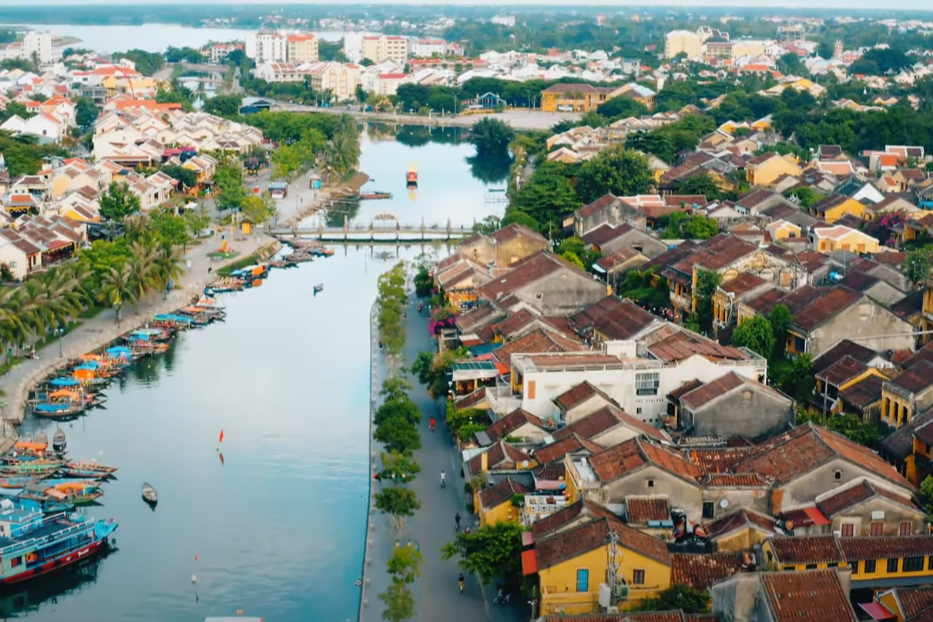
- Da Nang: A coastal city with beautiful beaches, Da Nang also boasts attractions like the Marble Mountains, a cluster of five limestone and marble hills, and the iconic Dragon Bridge, which breathes fire on weekend evenings.
- Hue: The former imperial capital, Hue, offers a glimpse into Vietnam’s dynastic past. Explore the Imperial City, the tombs of the Nguyen emperors, and take a serene boat trip along the Perfume River.
- Southern Delights:
- Ho Chi Minh City (Saigon): A dynamic and bustling metropolis, Ho Chi Minh City is a hub of commerce and culture. Visit historical sites like the War Remnants Museum and the Reunification Palace, and experience the vibrant energy of Ben Thanh Market.
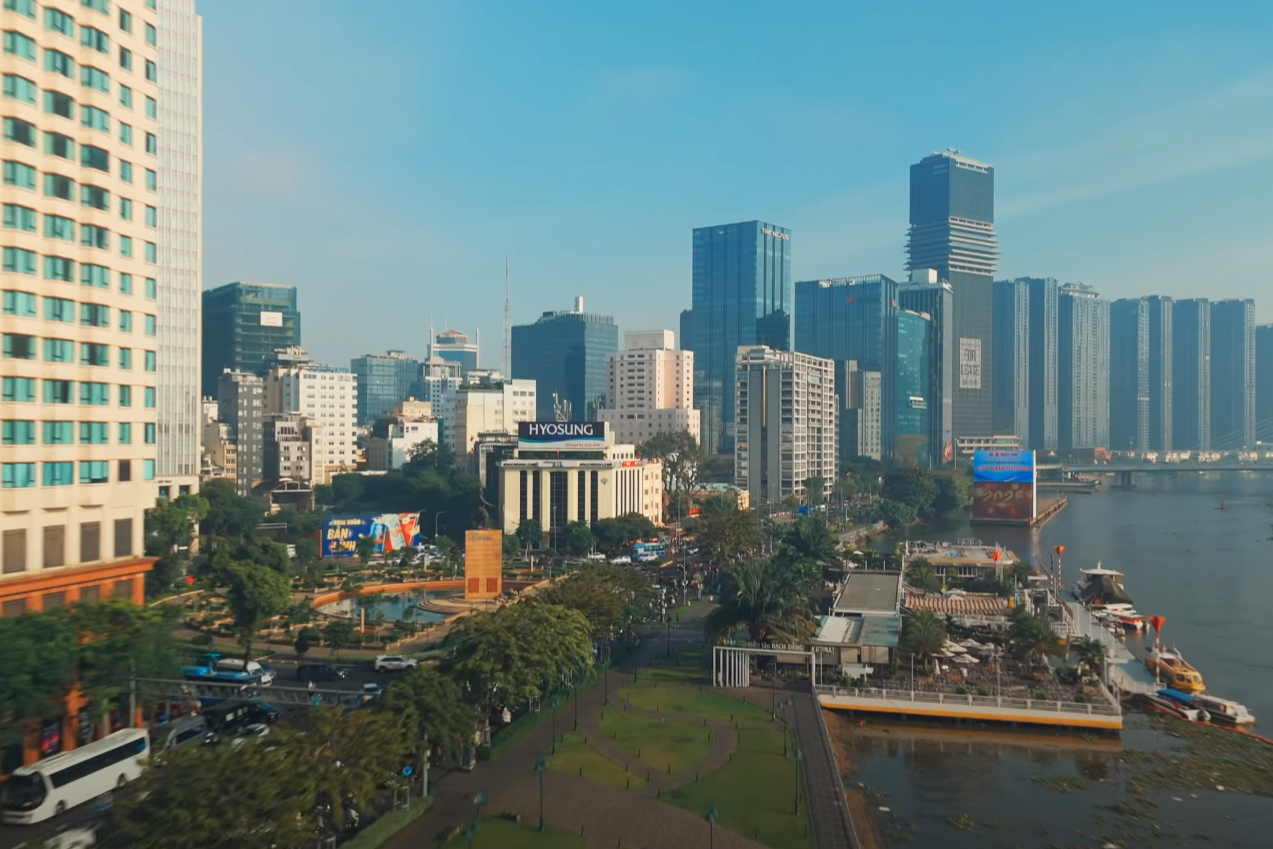
- Mekong Delta: Discover the unique way of life in the Mekong Delta, where life revolves around the intricate network of rivers and canals. Explore floating markets, visit fruit orchards, and witness the traditional crafts of the region.
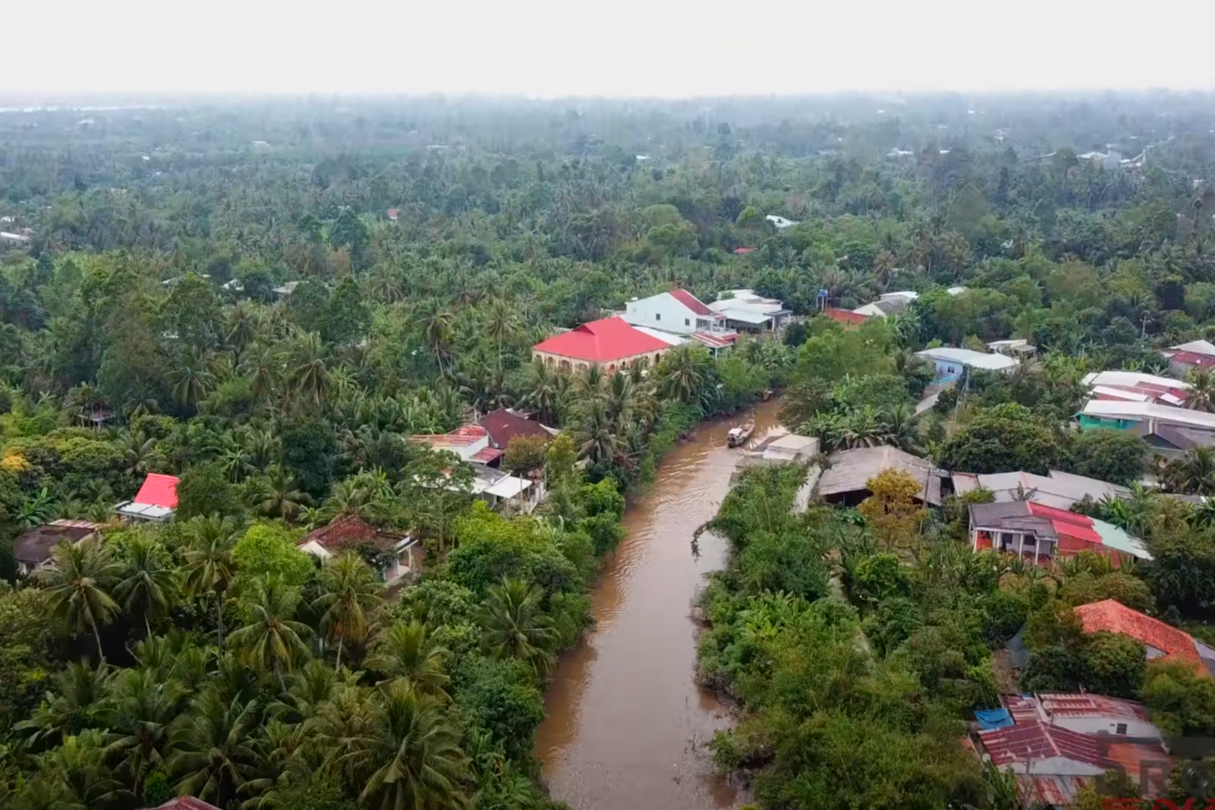
- Phu Quoc: If you’re seeking a tropical escape, Phu Quoc Island offers pristine beaches, clear turquoise waters, and lush landscapes, perfect for relaxation and water activities.
When planning your Vietnam travel 2025 itinerary, consider the duration of your trip and your personal interests. You could focus on one region for a more in-depth experience or combine destinations to get a broader overview of Vietnam’s diverse offerings. For instance, a two-week trip could reasonably include the highlights of the north and central regions, while a longer journey might allow you to venture south as well.
Charting Your Course: Practicalities for Vietnam in 2025
Navigating the practical aspects of your Vietnam travel 2025 is key to a smooth and enjoyable journey.
- Entry Permissions: Visa requirements for Vietnam vary depending on your nationality. It’s crucial to check the latest regulations well in advance of your trip. Many nationalities can obtain e-visas online, simplifying the process. Ensure your passport has at least six months of validity remaining upon your entry. (Always refer to the official website of the Vietnam Ministry of Foreign Affairs for the most up-to-date visa information.)
- Air Travel: Numerous international airlines fly into Vietnam’s major airports, such as Noi Bai International Airport in Hanoi and Tan Son Nhat International Airport in Ho Chi Minh City.1 Booking flights in advance, especially if you’re traveling during peak season, can often lead to better fares. Consider using flight comparison websites to explore different options.
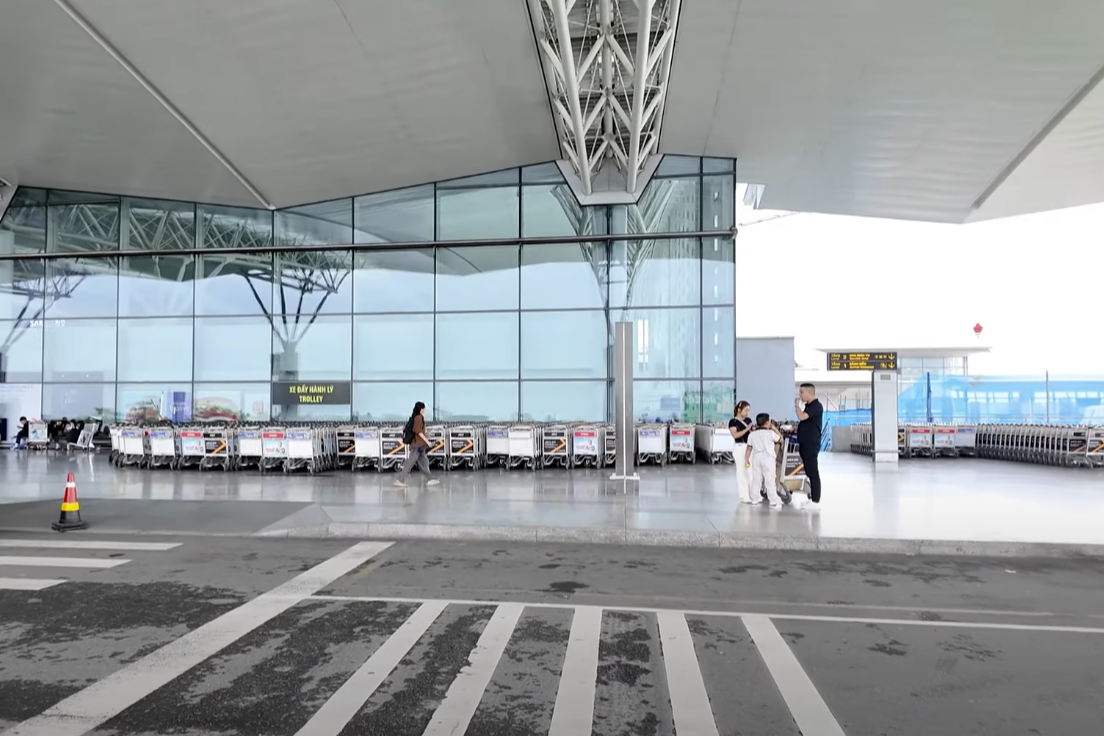
- Lodging: Vietnam offers a wide spectrum of accommodation to suit all budgets and preferences. From budget-friendly hostels and guesthouses to boutique hotels and luxurious resorts, you’ll find ample choices in most tourist destinations. Booking in advance is advisable, particularly during peak travel periods.
- Intra-Vietnam Transit: Getting around Vietnam is relatively straightforward.
- Trains: The Reunification Express railway connects major cities from north to south, offering scenic journeys.
- Buses: An extensive network of buses, both public and private, serves most towns and cities, providing a more budget-friendly option.
- Domestic Flights: For longer distances, domestic flights can save you considerable travel time. Several local airlines operate between major hubs.
- Motorbikes: Renting a motorbike is a popular way to explore certain areas, especially in more rural settings. However, exercise caution and ensure you have the necessary permits and insurance.
- Monetary Affairs and Budgeting: The local currency is the Vietnamese Dong (VND). Credit cards are accepted in larger establishments, but it’s wise to carry cash, especially for smaller2 vendors and in more rural areas. ATMs are readily available in cities and tourist towns. The cost of travel in Vietnam can be quite reasonable, allowing for both budget-friendly and more luxurious experiences. A rough daily budget could range from $30 to $100 or more, depending on your travel style. Tipping is not mandatory but is appreciated for good service.
- Digital Connectivity: Staying connected is generally easy in Vietnam. SIM cards with local data plans are readily available and affordable. Wi-Fi is also common in hotels, cafes, and restaurants.
Immersing in the Fabric: Encounters to Elevate Your 2025 Voyage
Your Vietnam travel 2025 should extend beyond just seeing the sights; it’s an opportunity to immerse yourself in the rich culture and traditions of this fascinating country.
- Exploring local cuisine: Vietnamese food is renowned for its fresh ingredients, aromatic flavors, and diverse regional specialties. From the iconic phở and bánh mì to the fresh spring rolls (gỏi cuốn) and the savory pancakes (bánh xèo), every bite is an exploration. Don’t hesitate to sample street food – it’s often the most authentic and delicious. Take a cooking class to learn the secrets of Vietnamese gastronomy.

- Understanding Vietnamese customs and etiquette: Showing respect for local customs will enhance your interactions. Dress modestly when visiting temples and pagodas. Removing your shoes before entering someone’s home is customary. Learning a few basic Vietnamese phrases, such as “xin chào” (hello) and “cảm ơn” (thank3 you), will be appreciated.
- Engaging with local communities and traditions: Seek out opportunities to interact with locals. Visit traditional craft villages, attend a water puppet show, or simply strike up a conversation. These encounters can provide deeper insights into Vietnamese life and culture.
- Consider attending festivals or events happening in 2025: Vietnam has a vibrant calendar of festivals, many of which are tied to the lunar new year and other cultural celebrations. Research if any significant events coincide with your travel dates for a truly unique experience.
Maintaining Well-being and Security During Your 2025 Vietnam Expedition
For a worry-free Vietnam travel 2025, prioritize your health and safety.
- Health precautions: Consult your doctor about recommended vaccinations and malaria prevention, depending on the regions you plan to visit. Be mindful of food and water safety; opt for bottled water and food from reputable establishments. Pack a basic first-aid kit. (Refer to the World Health Organization or similar travel health advisories for the latest health recommendations.)
- Travel assurance: Investing in comprehensive travel insurance is highly recommended. It can provide coverage for medical emergencies, trip cancellations,4 and loss of belongings.
- General safety tips and advice: Be aware of your surroundings, especially in crowded areas, to prevent petty theft. Avoid walking alone in poorly lit areas at night. Be cautious when crossing busy streets. If you plan to rent a motorbike, ensure you have the necessary licenses and insurance, and always wear a helmet.
Frequently Inquired Aspects Concerning Vietnam Travel in 2025
- What constitutes the optimal temporal window for Vietnam travel 2025? The ideal time for your Vietnam travel 2025 hinges on the specific regions you intend to explore. Generally, spring (March-May) and autumn (September-November) offer pleasant conditions in the north. The dry season (February-May) is favored for central Vietnam, while the dry season (December-April) is preferable for the south.
- Is an entry permit a prerequisite for Vietnam travel 2025? Entry permit stipulations for Vietnam travel 2025 are contingent upon your nationality. Many nationalities are eligible for e-visas, which can be conveniently obtained online. It’s imperative to verify the current requirements based on your passport well in advance of your trip.
- What is the approximate financial outlay for a Vietnamese sojourn in 2025? The anticipated expenditure for your Vietnam travel 2025 varies greatly depending on your travel style


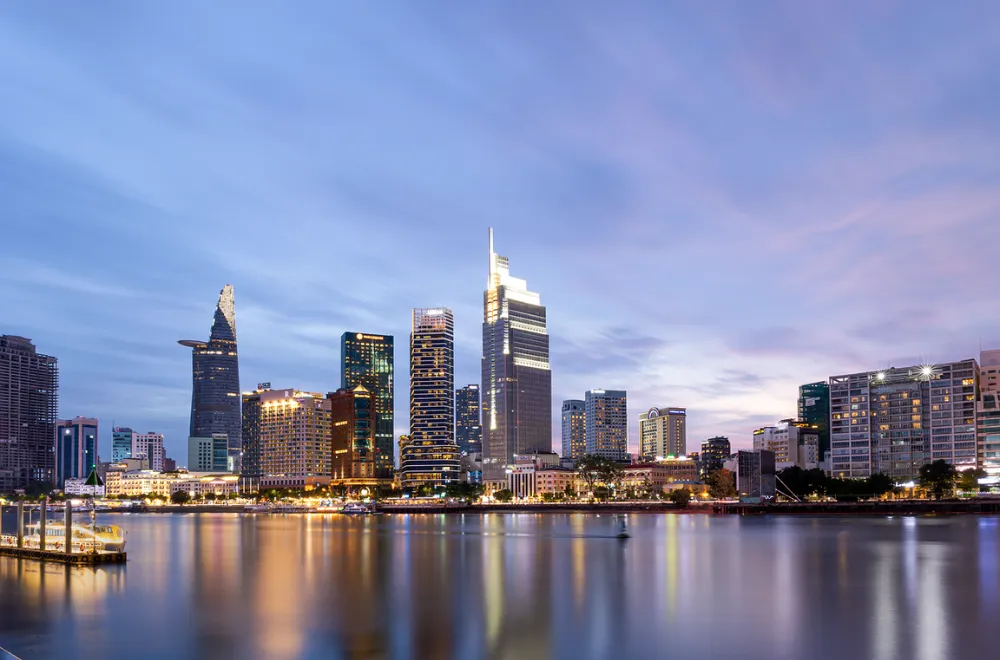
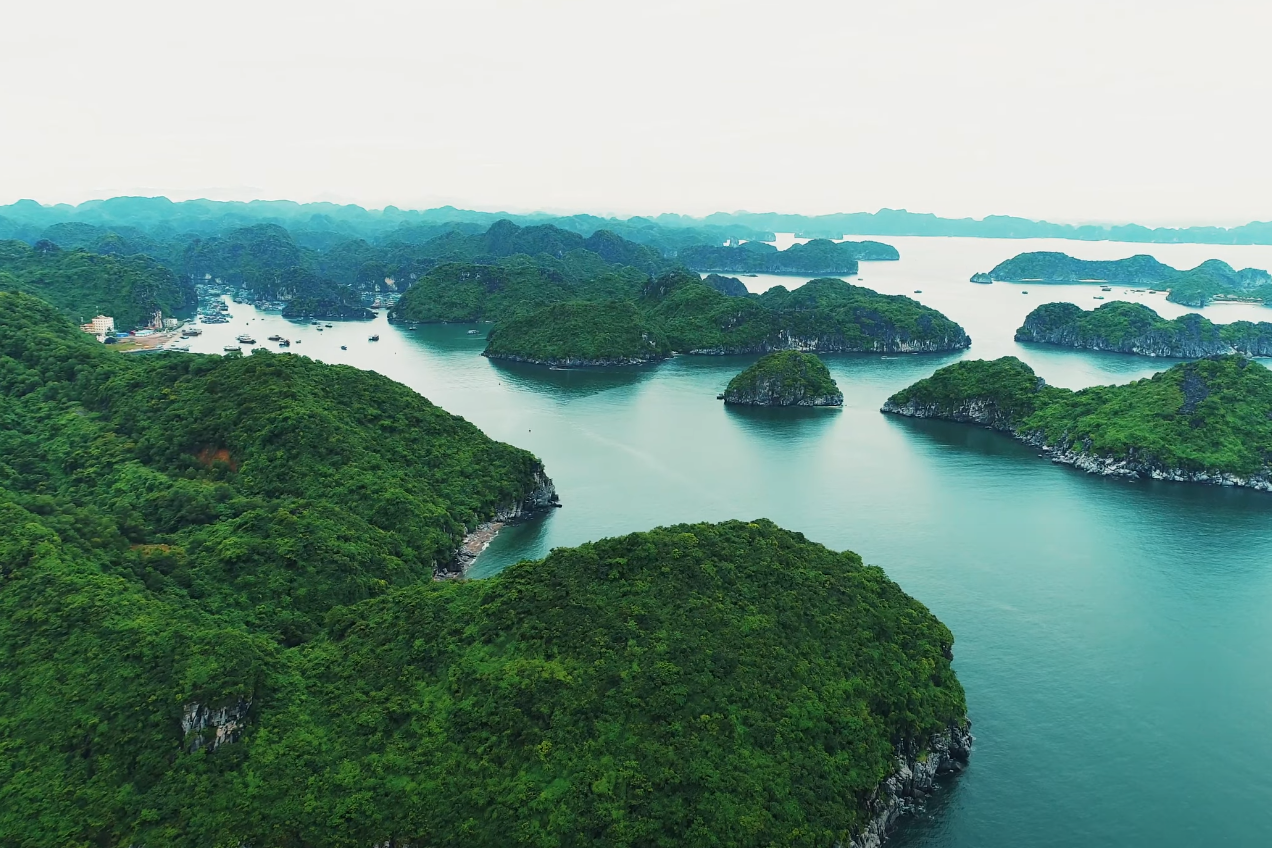
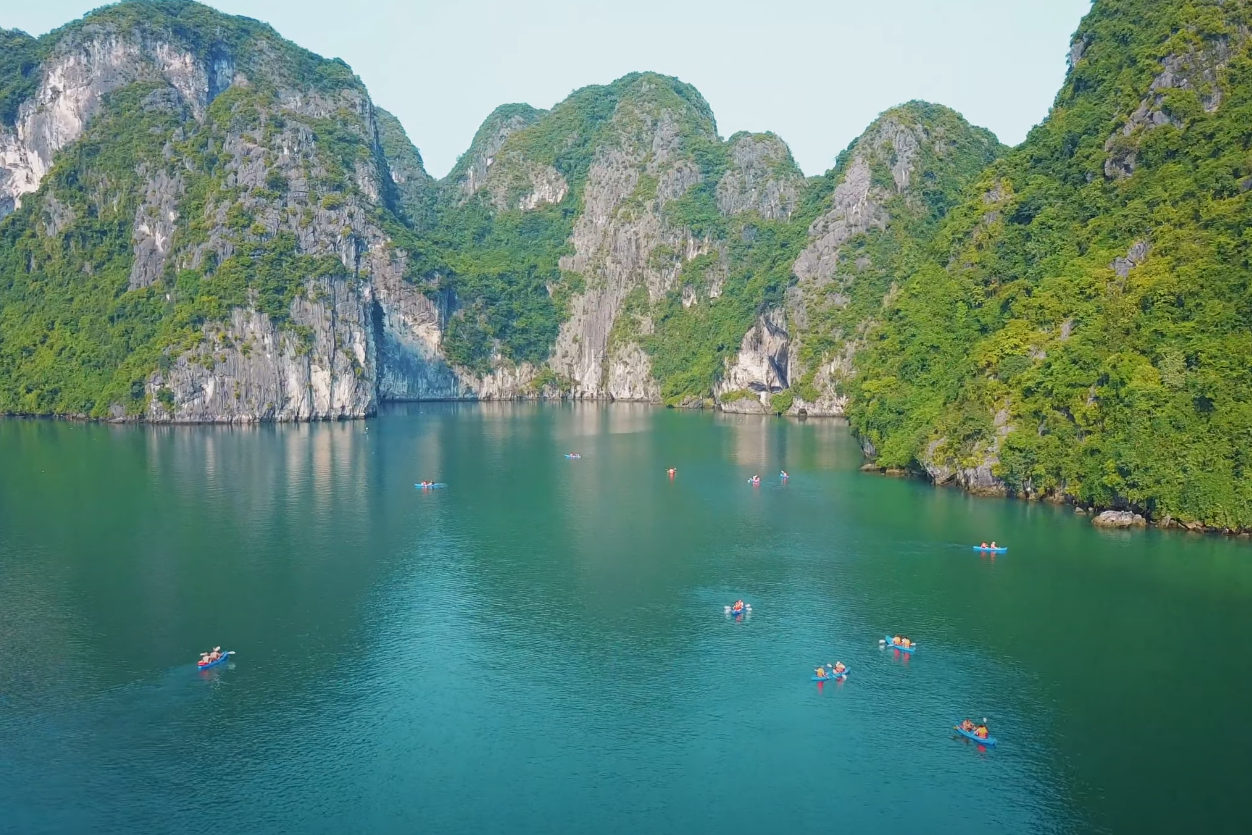
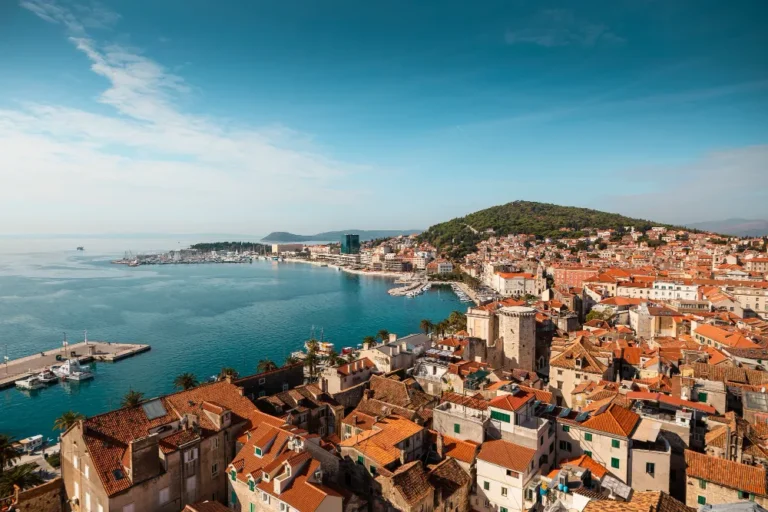
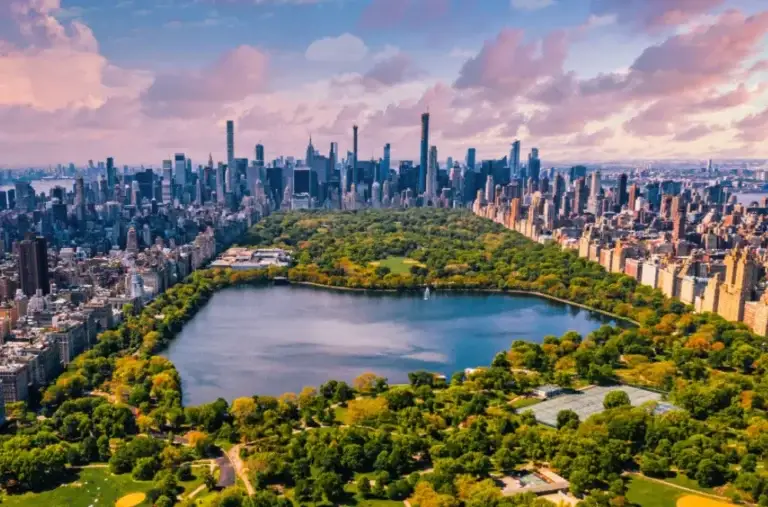

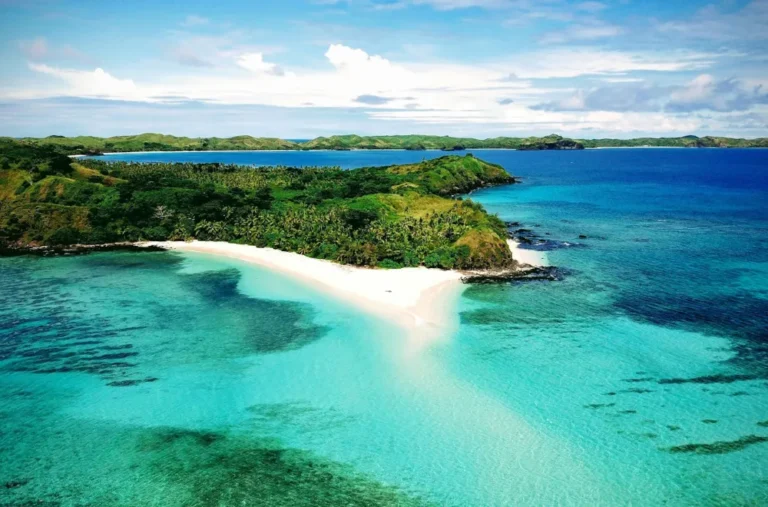
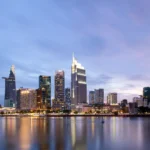
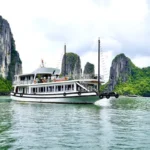

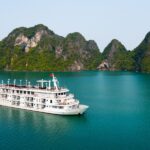
Leave a Reply